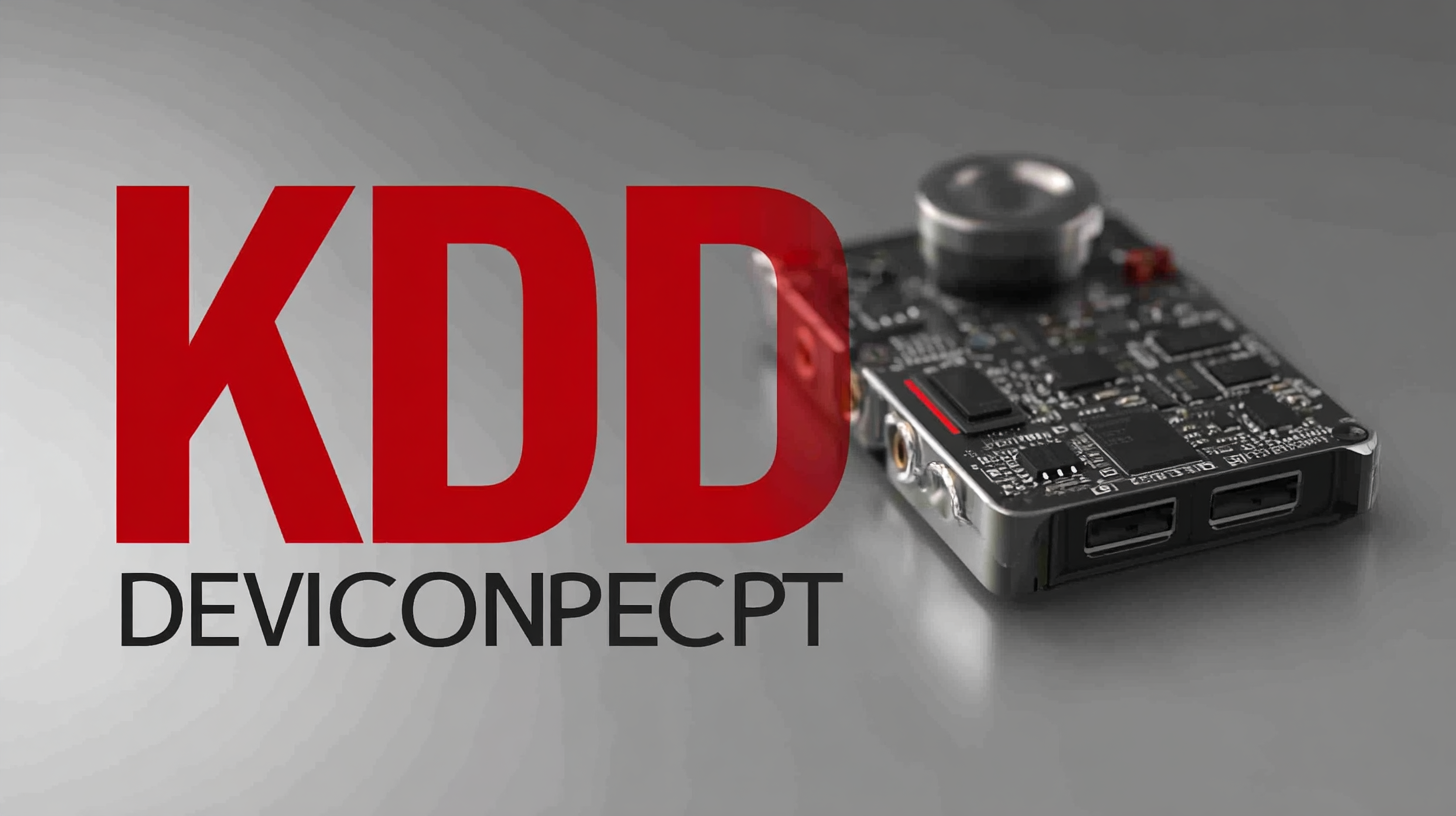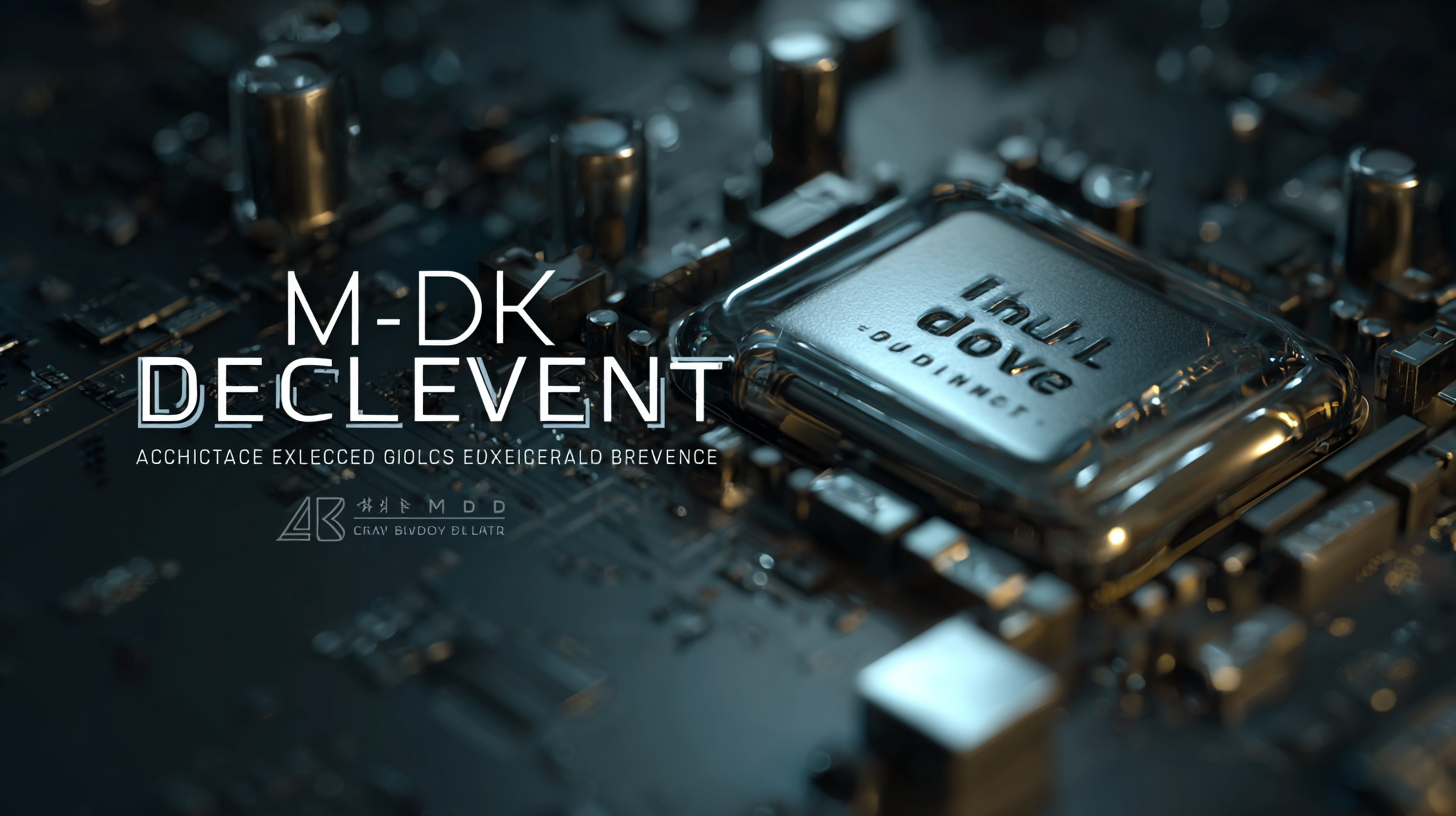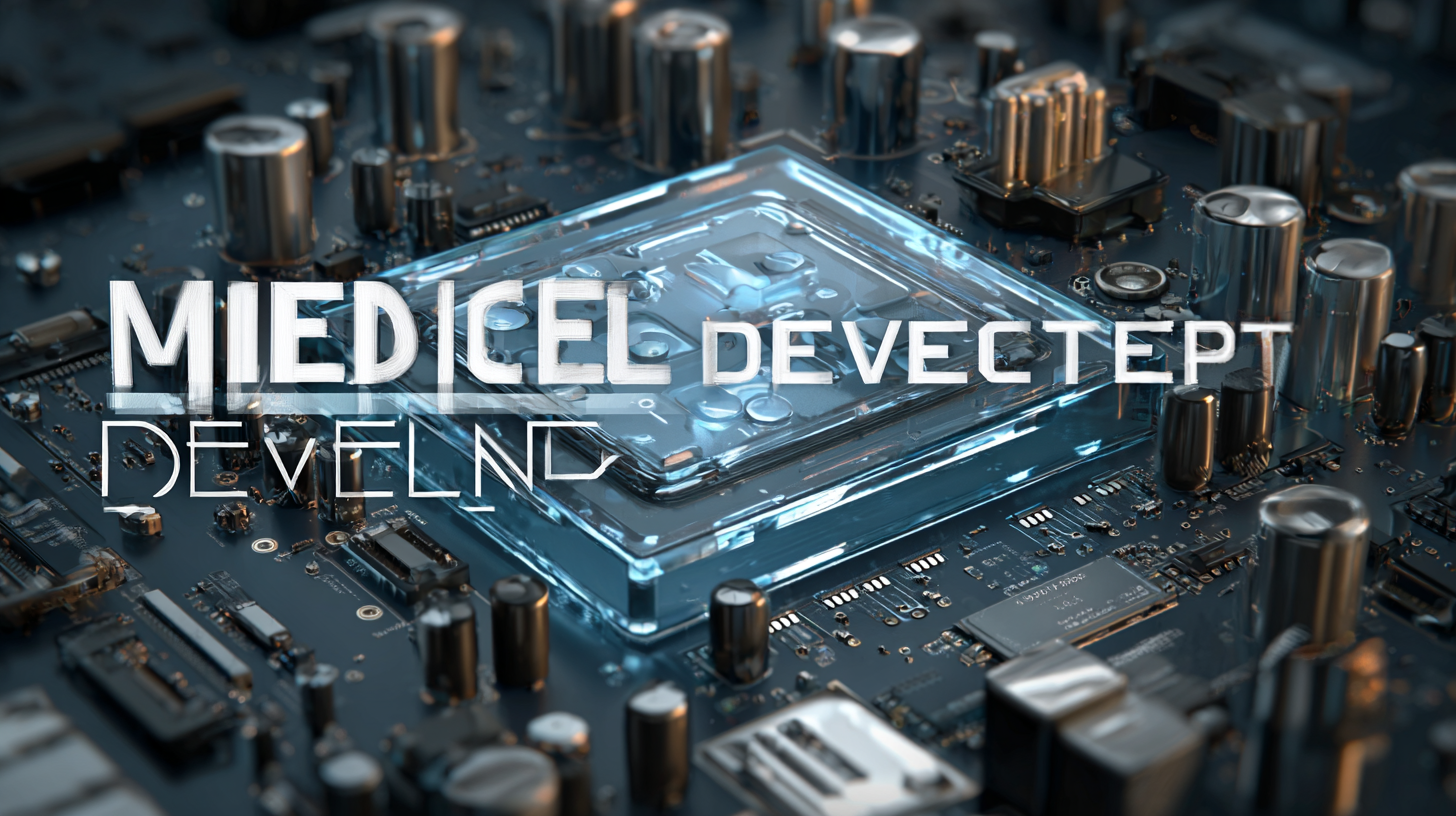How to Achieve Excellence in Medical Device Development for Global Buyers
In recent years, the medical device industry has experienced unprecedented growth, with the global market projected to reach approximately $612 billion by 2025, according to a report by Grand View Research. As the demand for innovative healthcare solutions escalates, excellence in Medical Device Development has become imperative for manufacturers seeking to capture a share of this lucrative market. Particularly, China's premier manufacturing capabilities have established the country as a key player in the global supply chain, with exports spanning various regions and bolstering its economic footprint. Achieving excellence in this sector demands not only adherence to stringent regulatory standards but also a commitment to quality and innovation that meets the evolving needs of global buyers. This blog will explore essential strategies and insights that can guide manufacturers in successfully navigating the complexities of medical device development for a competitive edge in the international market.

Understanding the Global Medical Device Market: Trends and Opportunities
The wearable medical device market is experiencing remarkable growth, driven by the increasing demand for health monitoring solutions among consumers. As of 2024, the market for wearable devices is expected to expand significantly, with key segments including diagnostic devices and therapeutic devices. The global market is projected to see burgeoning interest in various products such as fitness trackers, smartwatches, smart clothing, and ear-worn devices, catering to applications in sports, fitness, and home healthcare. According to industry analyses, the wearable medical device market is anticipated to thrive due to technological advancements and heightened consumer awareness regarding health and wellness.
The global medical device contract research organization (CRO) market further illustrates the opportunities within this sector, expected to surpass $15.54 billion by 2033, with a compound annual growth rate (CAGR) of 8.79% from 2023 to 2033. Such statistics highlight the increasing reliance on specialized research services that help in the development of innovative medical devices. As the industry adapts to evolving healthcare needs and regulatory landscapes, the potential for growth in device innovation, particularly within wearable technology, remains strong, promising exciting advancements and enhanced patient care solutions in the coming years.
Key Strategies for Innovation in Medical Device Development
Innovation in medical device development is critical for meeting the evolving needs of global buyers. Understanding market demands is the first step; this involves comprehensive research to identify gaps in current medical technologies. Engaging directly with healthcare professionals and end-users helps gather valuable insights, which can inform design and functionality improvements. By prioritizing user-centered design, developers can create devices that not only meet regulatory standards but also enhance the user experience and patient outcomes.

Another key strategy is leveraging advanced technologies such as artificial intelligence and robotics to streamline development processes. These technologies can significantly reduce time-to-market and improve product efficacy. Additionally, fostering a culture of collaboration among cross-functional teams— including engineers, regulatory experts, and marketing professionals—ensures that all perspectives are considered in the development cycle. By embracing a holistic approach to innovation, medical device companies can position themselves competitively in the global market, ultimately driving success and excellence in their offerings.
Navigating Regulatory Requirements for International Medical Devices
Navigating regulatory requirements for international medical devices is crucial for achieving excellence in medical device development, especially with the increasing complexity in global standards. The emergence of machine learning-enabled medical devices showcases the evolving regulatory landscape. Recent guidance from regulatory bodies in various countries emphasizes that developers must adopt a comprehensive understanding of the pre-market directives tailored for these advanced technologies. For instance, Health Canada’s finalized Pre-Market Guidance outlines clear pathways for clinical evaluation, underscoring the significance of adhering to regulatory standards to ensure device safety and efficacy.
Additionally, developments in nanotechnology and ingestible medical devices highlight the necessity of rigorous compliance protocols. A structured decision tree has been proposed to assist researchers in aligning their products with guidelines from influential organizations like the International Council for Harmonisation. Moreover, the unique regulatory shifts in markets like China open up opportunities for innovation while demanding that device developers stay informed of region-specific guidelines. As the landscape evolves, a well-crafted strategy that incorporates human factors engineering and robust testing protocols can significantly enhance the likelihood of regulatory approval, ultimately leading to successful market entry.

Building Strong Partnerships: Collaborating with Global Buyers
In the competitive landscape of medical device development, forging strong partnerships with global buyers is essential for success. According to a report by EvaluateMedTech, the global medical device market is expected to reach approximately $612 billion by 2025, reflecting a compound annual growth rate (CAGR) of 5.4%. This growth presents a unique opportunity for developers who understand the importance of strategic collaboration. By aligning with global buyers, companies can gain insights into regional preferences, regulatory requirements, and market trends, ensuring their products meet diverse consumer needs.
Building effective partnerships requires transparency and mutual benefit. A study by IQVIA suggests that 75% of successful medical device innovations stem from collaborative efforts between manufacturers and healthcare providers. Engaging global buyers early in the product development process allows for a streamlined approach to design and regulatory compliance. Furthermore, these partnerships can facilitate access to vital resources such as research data and market intelligence, ultimately enhancing the product's value proposition. As the medical device sector continues to evolve, prioritizing collaboration will be crucial for achieving excellence and maintaining a competitive edge.
Ensuring Quality and Compliance in Medical Device Production
Ensuring quality and compliance in medical device production is paramount not only for patient safety but also for gaining the trust of global buyers. A recent report by the Medical Device Innovation Consortium highlighted that about 60% of medical device recalls are attributed to quality issues, underscoring the critical need for stringent quality control processes. Implementing a robust quality management system that adheres to ISO 13485 standards helps manufacturers ensure their products meet both safety and regulatory requirements. This standard not only facilitates compliance with the FDA's Good Manufacturing Practices (GMP) but also aids in minimizing risks during the product lifecycle.
In an increasingly competitive market, adhering to regulatory standards is crucial for international success. A study published in the Journal of Medical Devices found that regions such as the EU and the US maintain rigorous regulations, resulting in approximately 40% of new products failing to gain market access due to non-compliance. As manufacturers develop devices for a global audience, embracing a proactive approach towards understanding and meeting different regulatory landscapes can significantly enhance market entry success. By investing in quality assurance processes and compliance training, medical device companies can not only meet regulatory demands but also improve overall product reliability, fostering lasting relationships with their global buyers.
Medical Device Development Compliance Ratings
This chart illustrates the compliance ratings of different aspects in the medical device development process. The data reflects overall performance in quality assurance, regulatory adherence, and manufacturing standards.
